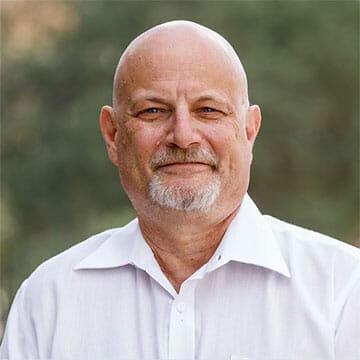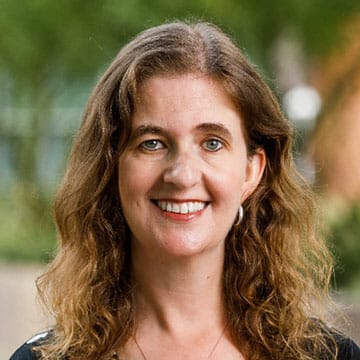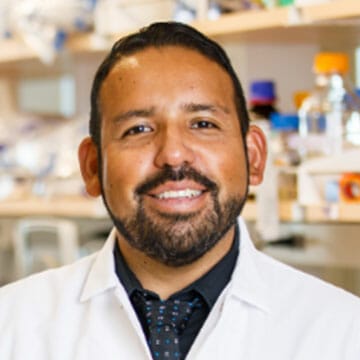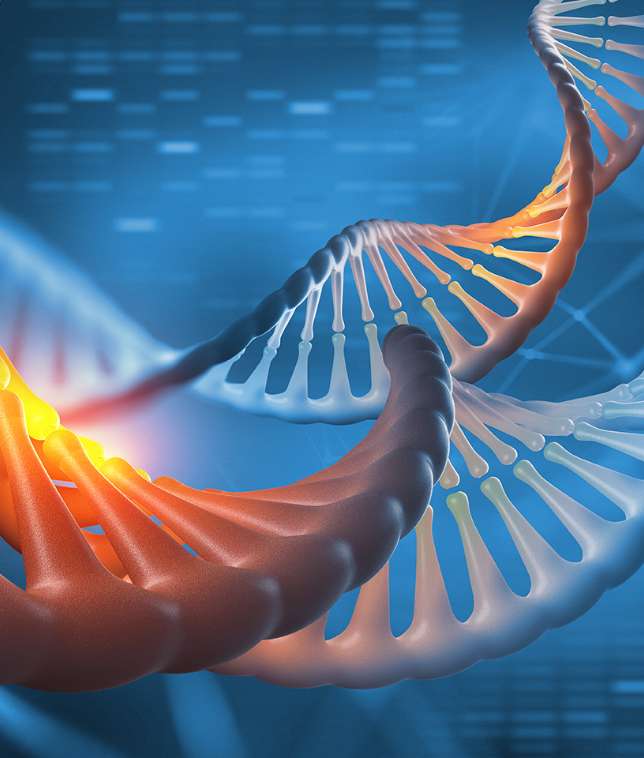
The latest research in neuroscience
The complexity of the human brain allows it to do amazing things, but it also makes it a challenge for medical science to study. Fortunately, Biodesign researchers are up to the task, searching for solutions to neurological disorders that, whether directly or indirectly, impact all of us individually.
Frequently asked questions
Neuroscience is the study of the brain and spinal cord. It brings together many disciplines, such as cellular biology, neuroanatomy, physiology and behavior to understand how this complex part of the body works.
The brain is the organ that controls thoughts, feelings, movement, the senses, and automatic processes like breathing and temperature regulation. The brain and spinal cord together are called the central nervous system. The body sends chemical and electrical signals to the brain, and the brain can also send these signals to the body. The brain has three main parts. The cerebrum, the largest part, controls movement, thoughts, problem solving, language, emotions, learning and sensory processing. The brainstem connects the cerebrum and spinal cord and helps with movement, controls some cranial nerves, regulates the body and controls reflexes. The cerebellum is above the brainstem and below the cerebrum, and it controls balance, coordinates voluntary movement, and has roles in emotion and social behavior. The brain’s two main types of cells are neurons, which interpret and transmit information, and glial cells, which support the neurons. Many factors such as lifestyle, stress, age, injury and disease can affect brain function.
Neurological disorders are diseases that affect the brain, spinal cord or the nerves throughout the body. Common neurological disorders include migraine headaches, seizures, herniated disk and stroke. Neurodegenerative diseases also fall under the broader category of neurological disorders.
Neurodegenerative diseases are diseases where nerve cells in the brain or nervous system stop working and die. Treatments can help ease symptoms or delay the progress of these diseases, but currently they have no cure. Some signs and symptoms of neurodegenerative disease are memory loss, forgetfulness, indifferent mood, anxiety, mood changes, poor sleep, difficulty with speech, and issues with mobility or balance. The most common neurodegenerative diseases are Lou Gehrig’s disease (also called amyotrophic lateral sclerosis, or ALS), Parkinson’s disease, Huntington’s disease, and all forms of dementia including Alzheimer’s disease.
Alzheimer’s is a type of dementia that impacts memory, thinking and behavior. It’s a progressive disease that eventually interferes with the ability to do daily tasks. It is the most common cause of dementia, a term for loss of memory and cognition. Scientists are still not sure what causes Alzheimer’s, except that something damages the brain’s neurons, impairing their functions and eventually killing them. The infamous plaques and tangles — formed by protein deposits — are more widespread in the brains of people with Alzheimer’s, and it’s possible that they have a role in causing neuron damage and death. Common early signs of Alzheimer’s are forgetting recently learned information, challenges with problem-solving or completing daily tasks, confusion with time and place, problems with vocabulary, misplacing things, poor judgment, and changes in mood or personality. Treatments for Alzheimer’s can help slow the progression of dementia symptoms and improve quality of life, although there is currently no cure.
Collective effort
As our aging population continues to rapidly grow, the number of individuals with age-related neurodegenerative diseases has reached an alarming high. With the help of clinical partners and the use of our top-tier facilities, we’re determined to understand and identify the reason specific brain regions become dysfunctional and die, as well as develop early detection methods, prevention strategies and effective treatments.
86 billion
The human brain is estimated to have more than 86 billion neurons.
11 million
Over 11 million Americans provide unpaid care for people with Alzheimer’s and other dementias.
145%
Between 2000 and 2019, deaths from Alzheimer’s disease have increased 145%.
Taking the fight to Alzheimer’s
As of 2021, over 44 million people worldwide, including 6 million Americans, are living with Alzheimer’s disease. It costs our nation billions in dollars and caregiving hours, in addition to the incalculable cost in human suffering. Biodesign researchers are searching in creative places for both causes and prevention, along with ways to lessen the burdens of families and caregivers.
One group found that certain species of herpes viruses may contribute to the development of Alzheimer’s disease. If true, it could help researchers look for antiviral or immune therapies that can fight Alzheimer’s before symptoms appear. Another group found that supplementing your diet with the nutrient choline over the course of your life might protect your brain from Alzheimer’s disease by reducing sources of inflammation and the production of amyloid-beta plaques.
Taking the fight to Parkinson’s
Parkinson’s disease is the second most common neurodegenerative disease after Alzheimer’s disease. By 2040, there will be an estimated 14 million people worldwide with this disease. Parkinson’s disease is a movement disorder, although it has many debilitating non-motor symptoms as well. Currently, researchers suspect that the disease’s brain pathology and symptoms are linked to a smooth brain protein called alpha synuclein that clumps together. Biodesign researchers are looking at stem cell therapies, gene therapies and immunotherapies to stem the tide against Parkinson’s disease.
Accelerating Medicines Partnership — Alzheimer’s Disease
Protecting the aging brain
Neurodegenerative diseases affect millions of Americans today, and their impact will only increase as our population grows older. Scientists at Biodesign are dedicated to understanding how these diseases work, determining risk factors and biomarkers for prevention and early detection, and discovering new drugs for treatment.
Banner Health has partnered with ASU to create the ASU-Banner Neurodegenerative Disease Research Center, which unites their expertise and resources to combat complex illnesses such as Lou Gehrig’s disease and Parkinson’s disease. In fact, together with colleagues from TGen and Mt. Sinai Health System, these researchers are developing a genetic sequencing database for 100 neurodegenerative diseases.
Harnessing the microbiome
The microbiome is the collection of 100 trillion microorganisms and their genetic material found in our bodies, and medical science is increasingly realizing how much it can impact human health, including the brain. Biodesign researchers are studying how microbial interventions can enhance health and have already demonstrated success in treating symptoms of autism. Such strategies, which use nutrition, probiotics and antibiotics to target gut-brain interactions, may also help manage neurodegenerative diseases.
Latest news on neuroscience
Related experts
Related centers
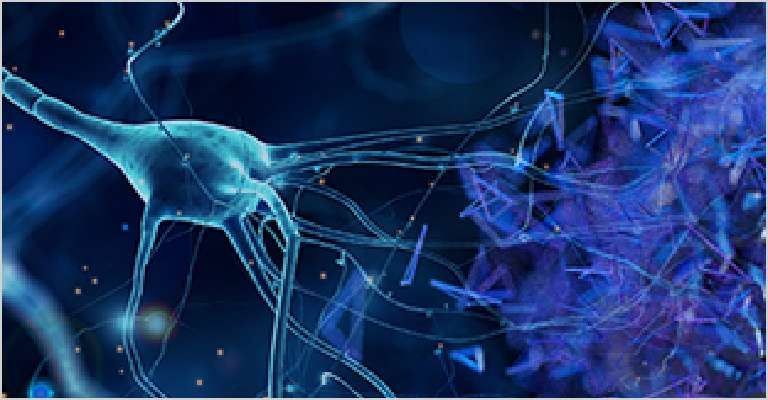
ASU-Banner Center for Neurodegenerative Diseases
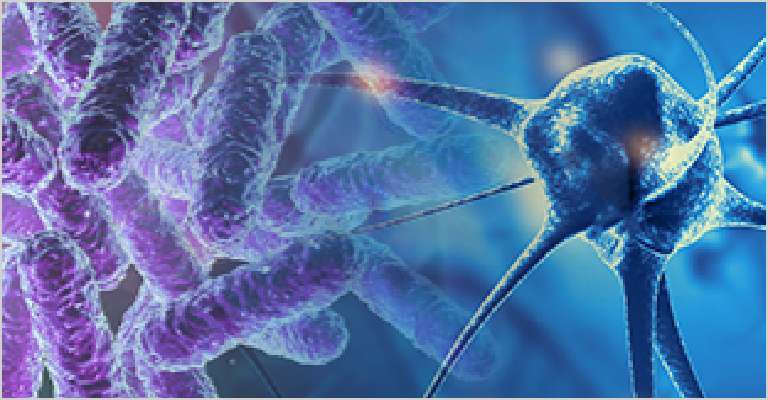
Center for Health Through Microbiomes
Center for Single Molecule Biophysics
Related facilities
Studying neuroscience requires specialized equipment. These facilities support this work.
Advance our efforts
Support neuroscience research by making a donation.
